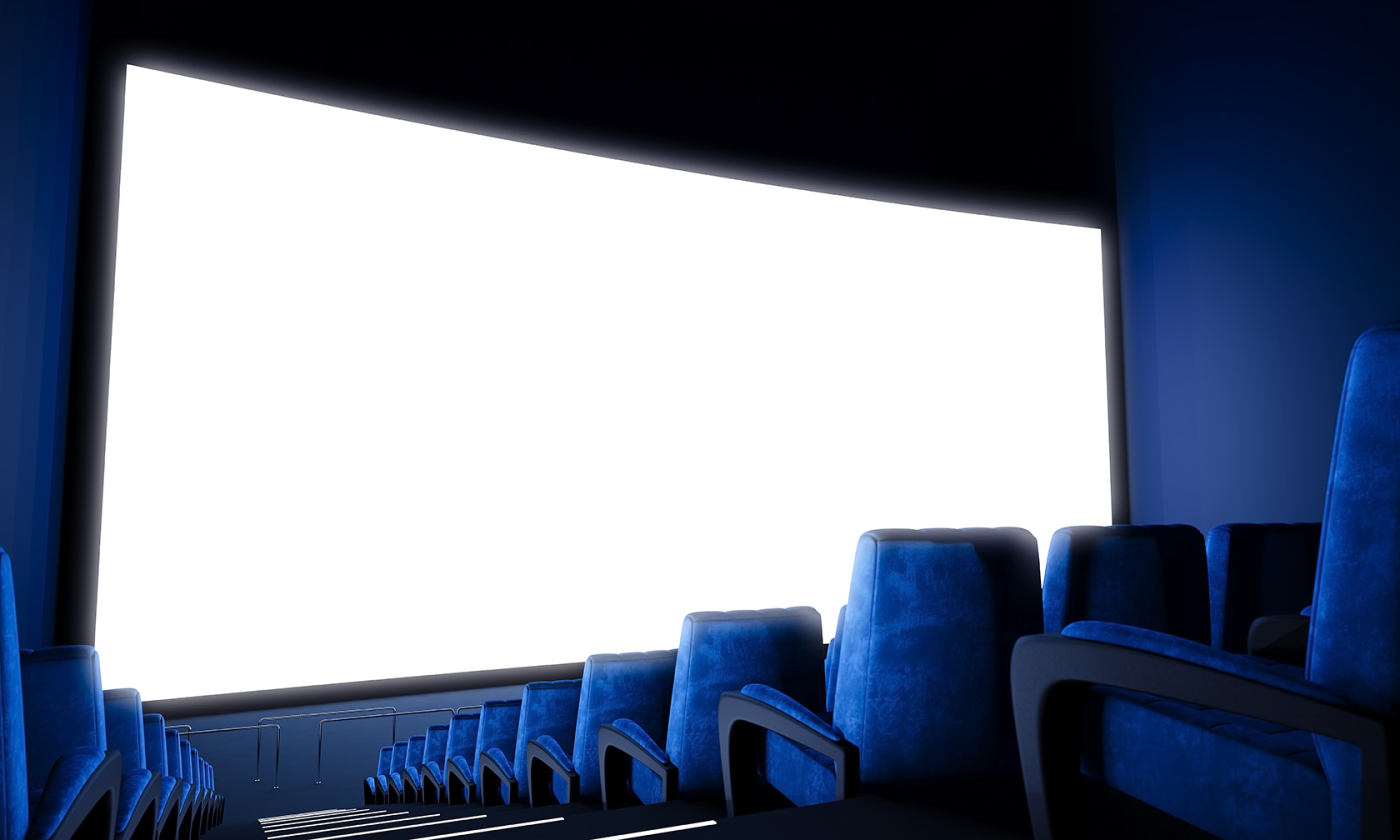When it comes to going to the cinema, the user experience is paramount. Cinemagoers want to have an enjoyable immersive experience, regardless of where they sit in an auditorium and screens with a lower gain can offer advantages, particularly in challenging shorter auditoriums.
“Cinema screens reflect light,” Laura Yates, Senior R&D Scientist, explained. “The way that light is reflected can be changed by changing the screen material. Matt White screens reflect light almost equally in all directions. The light reflected from the screen looks equally bright at any angle, Gain screens do not reflect light equally in all directions.
“More light is reflected in the specular direction, that is, along the optical axis or centre line of the cinema and less light is reflected back towards the centre of the audience where higher gain is more directional and where a lower gain screen reflects light more evenly.”
The Matt Preview and the Matt Plus are Harkness’ unity gain screens with the lowest gain. It is Harkness’ PWT 140, produced alongside RealD, and the Perlux HiWhite 140 that have the lowest gain with a 1.4 gain. The Clarus 170 also has a low gain, with a 1.7 gain, each of these screens providing a low gain whilst balancing cinema equipment choices and operating costs.
“I always advise customers that one size doesn’t fit all,” Matt Jahans, SVP Technology, said. “Whether we are talking projector types, screen types or any other cinema equipment choices. Both low and high gain screens of different screen technology variants all have their place and their own advantages, and both can work exceptionally well.
“The challenge is determining which best suits the theatre geometry, projection technology and individual exhibitor preference and this is where our Technology Group expertise comes into play.”
Launched at the start of May, the Technology Group brings an array of cinemas technology experience from around the world. Charged with giving Harkness customers the best technology for their auditoria, optimising the viewer experience and providing a wholly unique service.
“Getting the right choice, low or high gain, is so important because it allows exhibitors to optimise running costs and project the best image at the correct brightness and uniformity levels; allowing cinemagoers the best viewing experience from more seats in the auditorium.” Jahans said.
Jahans has been all around the world, helping cinema exhibitors pick out the best screen technologies for them. As a result, he has had plenty of feedback and technical field experience regarding Harkness’ screen technologies, including low gain and how they best interface with the variety of projection equipment choices available.
“We have had a lot of good feedback regarding Clarus 170 and PWT 140,” Jahans said. “These are 3D silver screens which have a lower gain than the typical 2.4 gain that used to be the norm. The lower gain and the next generation silver flake coatings have enabled these screen types to visually perform closer to their low gain white counterparts with regards to reducing hot spotting.
“Overall brightness uniformity is better, as is the perceived whiteness of the surface and greater RGB speckle mitigation. Customers have often commented as such that these silver screens look closer to white screens when viewing movie content, in both 2D and 3D. Clarus and PWT are arguably the silver screens of choice for RGB laser projection.”
Media Contact
Company Name: Harkness Screens
Contact Person: Joe Harvey
Email: Send Email
Phone: +44 (0)1438 725 200
Address:Unit A, Norton Road
City: Stevenage
State: Hertfordshire
Country: United Kingdom
Website: www.harkness.co

